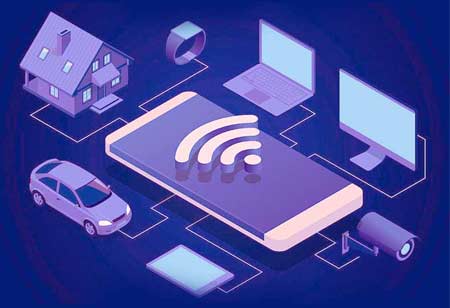THANK YOU FOR SUBSCRIBING
Technology of the Future, But Where is ML Headed To?
By running smaller scale ML programmes on IoT edge devices, we can achieve lower latency and power consumption, besides lowering required bandwidth

By
Apac CIOOutlook | Saturday, November 13, 2021
Stay ahead of the industry with exclusive feature stories on the top companies, expert insights and the latest news delivered straight to your inbox. Subscribe today.
By running smaller scale ML programmes on IoT edge devices, we can achieve lower latency and power consumption, besides lowering required bandwidth.
Fremont, CA: Similar to several other technologies of the modern world, machine learning (ML) was once considered to be part of the space age. Nevertheless, its application in the tangible world is only confined by our inventiveness. In 2021, current design in ML has batched-out a great number of tasks to be more possible, effective, and accurate than ever before.
Powered by data science, ML makes our existence comfortable. Albeit, much of ML is managed and set up using computer codes, it is no longer a necessity. No-code machine learning is a way of programming ML applications without the lengthy and laborious processes of pre-treating, representation, scheming algorithms, gathering fresh data, re-conditioning data, deploying, and more. Similar in purpose to no-code ML, AutoML aims to make building ML applications more reachable for developers. Auto-ML aims to fill the gap by providing an accessible and simple solution that does not rely on the ML-experts.
Given that, ML wipes out the need for prolonged development time, also eliminating the need for extensive data science teams. Apart from this, no-code ML is simpler to employ due to its easy drag-and-drop design. Considering this immensely simplifies the ML process, taking the time to become adept is no more required. Furthermore, by running smaller scale ML programmes on IoT edge devices, we can achieve lower latency and power consumption, besides lowering required bandwidth. Privacy is also managed since the computations are made locally. ML also has a great deal of application in sectors like predictive maintenance for industrial businesses. IoT devices, combined with ML algorithms, can be used to track and make predictions on collected data.
With such developments, industries are becoming more and more advanced each day. In certain instances, this has made technology to stay essentially ambitious. Despite that, utilizing technology alone will not be enough; we need new ways of accomplishing goals in the upcoming future of smart tech. Each intention requires a different approach to be fulfilled.





